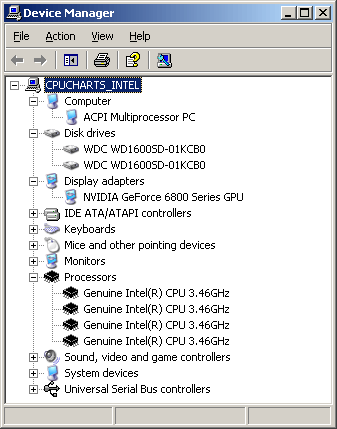Sony HDR-HC1: A Quantum Leap For Video Buffs
HD Video Editing: Forget Notebooks!
Stepping up to HD video means an immense increase in demands on PC hardware. Our tests show that efficient work is basically impossible on anything less than a system equipped with a dual-core processor. Even though a system based on a "fast" Pentium 4 running at 3.2 GHz with HyperThreading may be more than sufficient for everyday use, it can't stand up to the demands of HD video processing.
We also found that editing video at HD resolution is simply unthinkable on a notebook PC. The performance of notebook hard disks is too slow to handle the job, even if the other components were up to the task (and they normally are not.)
We use a system that's a real performer for editing video: it's built around an Intel Pentium Extreme Edition 955, and so can use HyperThreading to access four virtual processors. Such a system needs at least 1 GB of RAM, and fast hard disks configured into a RAID 0 array are also important; 2 GB of RAM is optimal, and it should be rated at DDR2-667 or higher.
Those who want to maximize performance can boost memory clock rates up to DDR2-1000 - that is, to an actual 500 MHz on the memory bus. You'll find those details in "In Search of True DDR2 Bleeding Edge Memory: Optimal DRAM for Overclocking".
Our Test Platform: A powerful system with a Pentium EE 955, featuring four virtual processors thanks to dual cores and HyperThreading. The AMD FX-60 is only slightly more powerful, and is also equipped with two CPU cores.
Editing HD video really screams on a system with a Pentium EE, which offers dual 3.47 GHz processors.
Get Tom's Hardware's best news and in-depth reviews, straight to your inbox.
Current page: HD Video Editing: Forget Notebooks!
Prev Page Mini-DV Tapes: No need for upgrade Next Page HD Video Editing: Adobe Premiere Pro 2.0
